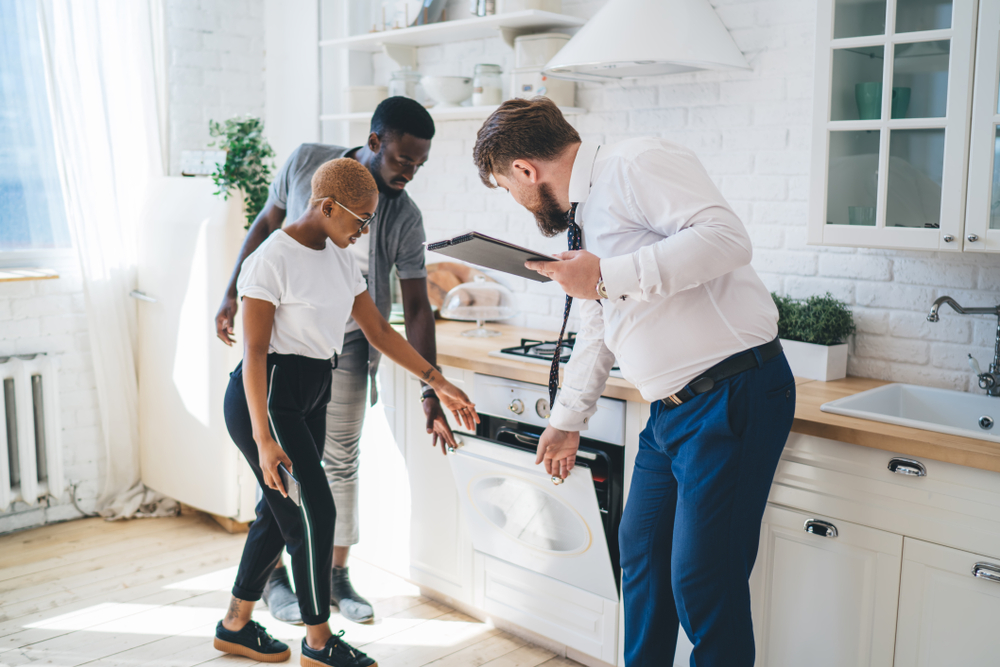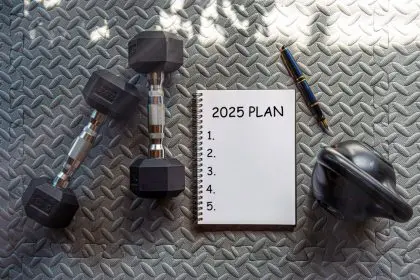Buying a home is one of the most significant investments you’ll ever make. Conducting a thorough home inspection is crucial to ensure you’re making a sound decision. A home inspection can reveal hidden problems that might not be apparent during a casual walk-through. Here, we’ll explore the essential things to look for during a home inspection to help you make an informed purchase.
What to check first: Structural integrity
The structural integrity of a house is fundamental to its safety and longevity. During a home inspection, it is essential to look for signs of structural damage, such as cracks in the foundation, uneven floors, and misaligned doors and windows. These issues could indicate underlying problems with the house’s framework, which could be costly.
Roofing and attic inspection
The roof is one of a home’s most critical components, protecting it from the elements. Inspect the roof for missing, damaged, or aged shingles that need replacement. Additionally, check the attic for signs of leaks, proper ventilation, and insulation. Proper attic conditions can prevent future roofing problems and help with energy efficiency.
Plumbing and water damage
Inspecting the plumbing system is vital to avoid future water damage and costly repairs. Look for signs of leaks, such as water stains on ceilings and walls, musty odors, and mold. Ensure all faucets, toilets, and showers function correctly and have adequate water pressure. Also, check the water heater for age and signs of corrosion.
Electrical system
A home’s electrical system must be up to code and capable of handling modern appliances and electronics. During the inspection, ensure that the electrical panel is appropriately labeled and that there are no exposed wires. Test all light switches and outlets and ensure that there are enough outlets in each room. Look for any signs of outdated wiring, such as knob-and-tube or aluminum wiring, which may need to be replaced.
Heating and cooling systems
The HVAC system is another crucial aspect to check during a home inspection. Inspect the furnace, air conditioner, and ductwork for age, cleanliness, and proper functioning. A well-maintained HVAC system ensures comfort and energy efficiency. Additionally, check for adequate insulation and ventilation in the home, which can impact the overall efficiency of the heating and cooling systems.
Windows and doors
Windows and doors significantly affect a home’s energy efficiency and security. Inspect all windows and doors to ensure they open and close correctly and that the seals are intact. Look for signs of condensation between double-pane windows, which could indicate a broken seal. Properly sealed windows and doors can help reduce energy costs and prevent drafts.
Exterior inspection
The exterior of a home is just as important as the interior. During the inspection, check the condition of the siding, paint, and any exterior structures, such as decks and porches. Look for signs of rot, pest damage, and weathering. Additionally, inspect the grading around the house to ensure proper drainage and prevent water from pooling around the foundation.
Basement and crawl spaces
Basements and crawl spaces can often harbor hidden issues. During the inspection, check for signs of moisture, such as dampness, mold, and mildew. Inspect the foundation walls for cracks and ensure that there is adequate ventilation. To prevent future problems, these areas should be dry and free of pests.
Appliances and fixtures
While not always included in a home inspection, checking the condition of any included appliances and fixtures is beneficial. Test the stove, dishwasher, refrigerator, and other appliances to ensure they are in good working order. Additionally, check the condition of light fixtures, ceiling fans, and other amenities.
Safety features
Safety is paramount in any home. Ensure the home has working smoke and carbon monoxide detectors on each level. Check for fire extinguishers and ensure no safety hazards, such as exposed wires or broken stairs. Additionally, inspect the garage door for proper operation and safety features, such as auto-reverse.
Pest inspection
Pests can cause significant damage to a home, often unseen until it’s too late. Look for signs of pests, such as droppings, nests, or damage to wood structures. Common pests include termites, rodents, and ants. A professional pest inspection may be necessary to identify any infestations and determine the extent of the damage.
The importance of a thorough home inspection
A comprehensive home inspection is essential to uncover potential issues and ensure you make a wise investment. By knowing what to look for during a home inspection, you can address problems before they become costly repairs. Remember to hire a qualified home inspector who can provide a detailed report and guide you. Inspecting your potential new home thoroughly can save you money and stress in the long run.
Investing in a home is a significant decision, and a thorough inspection helps ensure your new home is safe, sound, and a good value for your money. This guide focused on the critical aspects of a home inspection, giving you peace of mind in your home-buying journey.
This story was created using AI technology.

















